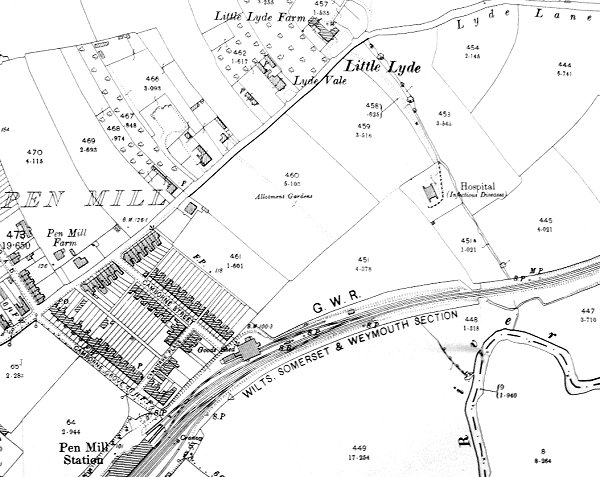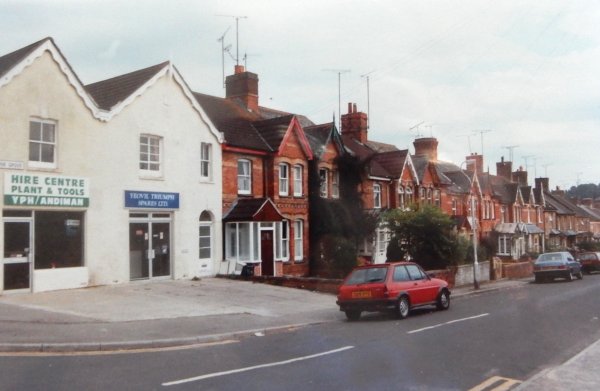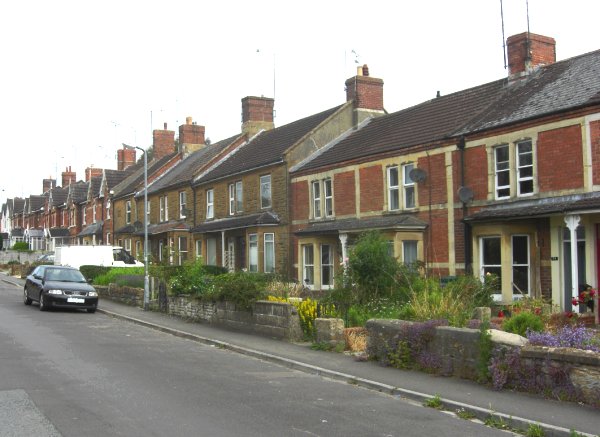camborne grove
camborne grove
Named after the Cornish town
Camborne Grove, named after the Cornish town, was laid out in the 1880's on a field called Jacob's Medway (Parcel 867) and, at that time, was just outside the borough boundary.
Yeovil solicitor James Bernard Paynter was very successful in real estate and became quite wealthy. It is entirely probable that he became involved, on the financing side, in the speculative housing development of Camborne Grove, Camborne Place and Camborne Street of the mid-1880s. Later he even named one of his sons William Bernard Camborne Paynter, who was known throughout his life as Camborne.
It came within the Borough boundary following the 1904 boundary extension. But at this time houses were only built along the eastern side of the road because the western side of the road ran along the Borough boundary and houses were not built along this side until the 1920's and later.
One of the earliest dwellings in the road, a stone-built house with a roll moulding around the door and a roll hood moulding to the first floor window, has a datestone of 1887.
At the southwestern end of the road, at the junction with Camborne Place, the Great Western was originally called the Camborne Inn and has been operating at least since 1897.
MAP

The 1901 Ordnance Survey showing Camborne Grove, Camborne Place and Camborne Street all at lower left.
gallery

Photo by Jack
Sweet. Courtesy of South Somerset Heritage Collection
The north-western end of Camborne Grove seen from Lyde Road. Photographed in 1993.

Typical late Victorian terraced housing on the eastern side of Camborne Grove. Photographed in 2013.

Courtesy of Alan
Jackson
The southeastern end of Camborne Grove and the Great Western photographed in 1985.